- Various regions in the Three Norths use the Three-North Project as a starting point to strengthen desertification control

A variety of photovoltaic desert control construction plans have been explored and formed in various regions in the Three Norths, driving the development of desert control, drought-tolerant crop planting, livestock breeding and other related industries, forming a multi-in-one system of desert control, ecological restoration, ecological economy, and desert industry, with parallel control and utilization. A balanced development of photovoltaic desertification control system.
Horqin and Hunshandake Sand Annihilation Theater

In China's vast Xing'an League of Inner Mongolia Autonomous Region and Zhangwu County of Liaoning Province, two innovative clean energy and ecological governance projects are in full swing. These projects not only bring clean energy to the local area, but also achieve remarkable results in preventing and controlling desertification and improving the ecological environment.
In Xing'an League, Inner Mongolia, the Huaneng High Power Panel Wind, Solar and Storage Integrated Sand Control 100,000-kilowatt Photovoltaic Power Generation Project Park adopts wind, solar and storage linkage power grid active support technology to achieve efficient operation of wind, solar and storage integration. After the project is completed, the average daily power generation is expected to reach 450,000 kilowatt hours, and the annual power generation will reach 165 million kilowatt hours. More importantly, the implementation of the project will promote the installed capacity of new energy to reach 900,000 kilowatts and achieve the comprehensive treatment of 140,000 acres of desertified land, including 58,000 acres of exposed sandy land and 603 desertified plots. This achievement not only demonstrates the huge potential of clean energy, but also provides new ideas and methods for desertification control in our country.
In Zhangwu County, Liaoning Province, the form of photovoltaic + desertification control is adopted to explore new paths for desertification control. Through on-board power generation, under-board restoration, and inter-board planting, this project not only manages sandy land, but also promotes energy conservation and consumption reduction, achieving an organic unity of ecological and economic benefits. The Zhangwu 500,000-kilowatt photovoltaic compound desertification control demonstration project combines photovoltaic power stations with agricultural planting to raise the height of the photovoltaic panel array and widen the spacing between the arrays, leaving ample space for crop planting. It is expected that after the project is completed, the annual power generation capacity will reach about 800 million kilowatt-hours, saving about 240,000 tons of standard coal. This model not only optimizes the land use structure, but also brings a win-win situation to local agricultural production and ecological protection.
The successful implementation of these two projects not only provides strong support for my country's clean energy development and desertification control, but also contributes Chinese wisdom and Chinese solutions to sustainable development and environmental protection on a global scale. In the future, we have reason to believe that with the promotion and implementation of more similar projects, clean energy and ecological governance will be more closely integrated, injecting new vitality into the sustainable development of human society.
The several bends of the Yellow River attack the critical theater
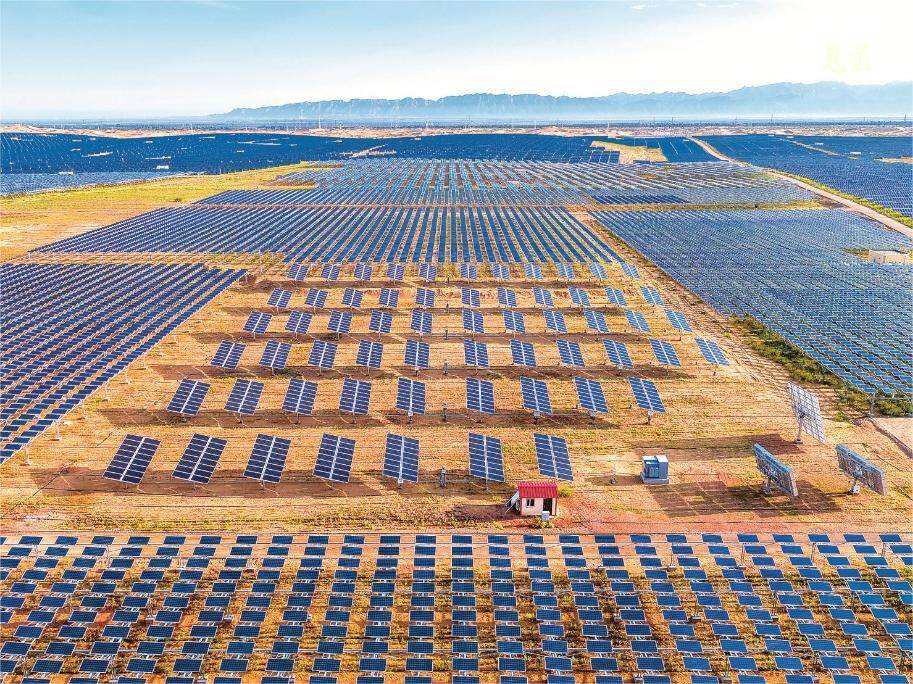
Ordos City, Hangjin Banner and Bayannur City in the Inner Mongolia Autonomous Region have achieved remarkable results in the fields of clean energy and ecological protection. These areas make use of the rich land resources and wind and solar energy resources such as the Kubuqi Desert and Mu Us Desert, adopt the new energy + desert control model, and coordinate and promote the Three-North Project and new energy construction to achieve clean energy development and desertification prevention and control. A win-win situation.
In Ordos City, construction of the 400-kilometer-long "Photovoltaic Great Wall" has started simultaneously in the east and west sections of the Kubuqi Desert, with a total area of about 2,000 square kilometers and is expected to accommodate an installed capacity of 100 million kilowatts. At present, Ordos City has started 20 new energy projects, with the total installed capacity of new energy reaching 20.24 million kilowatts. It has completed desertification prevention and control area of 711,100 acres, and plans to add 1.95 million acres of desertified land within the year.
Hangjin Banner relies on photovoltaic and wind power new energy construction to cultivate and expand the modern energy industry. Among them, the Kubuqi 2 million kilowatt photovoltaic desert control project at the West Inner Mongolia Base adopts a three-dimensional ecological photovoltaic desert control model to achieve multiple benefits of on-board power generation, under-board planting, inter-board breeding, sand control and soil improvement, and rural revitalization. After nearly two years of treatment, more than 3,000 acres of green planting have been completed. The average annual power generation is expected to be about 4.1 billion kilowatt hours, and the desert area that can be restored and treated reaches 100,000 acres.
Bayannur City has summarized and promoted the desert prevention and control model, and promoted the construction of a new energy base in the Ulan Buh Desert through wind power and photovoltaic integration projects. Among them, the Dengkou 100 MW photovoltaic desert control energy storage bidding project is the city’s first 100,000 kilowatt photovoltaic + ecological control power station, covering an area of 3,000 acres and 1,600 acres of green sand. The project has been connected to the grid at full capacity in June 2021, providing an average annual green power of approximately 200 million kilowatt-hours, achieving an organic combination of clean energy and ecological governance.
Hexi Corridor-Taklimakan Desert Edge Blocking War Zone
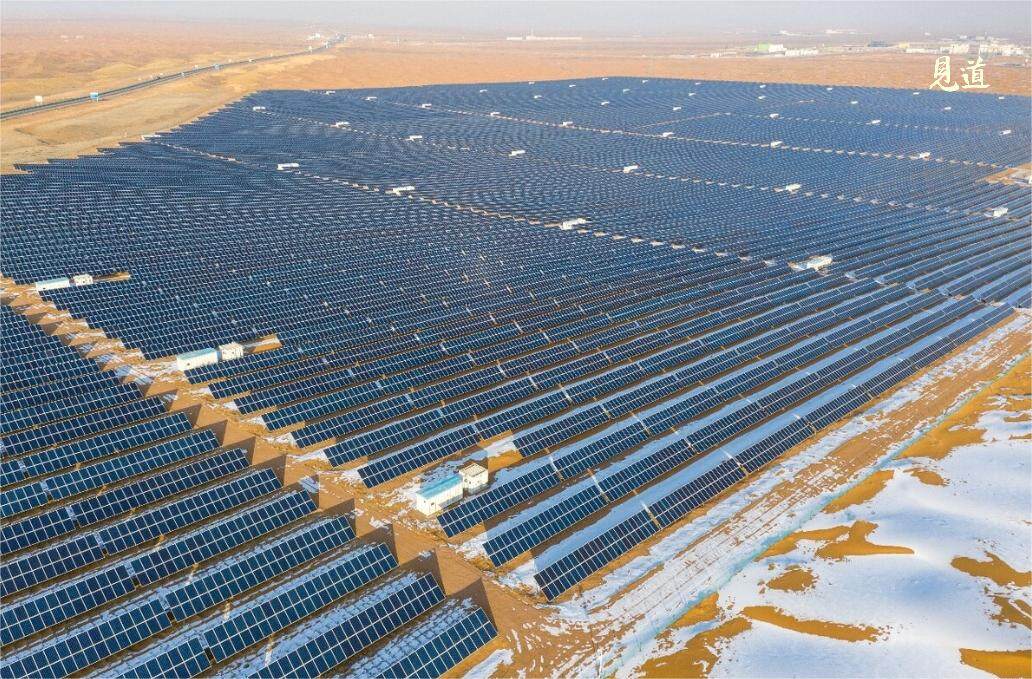
Xinjiang is vigorously developing renewable energy and building large-scale wind power and photovoltaic bases in desert and Gobi areas. The new energy industry is growing day by day. The Shima Bingdi integrated 5 million kilowatt photovoltaic base is expected to generate 7.5 billion kilowatt hours of electricity annually, save 2.67 million tons of standard coal, have an annual output value of 1.4 billion yuan, generate tax revenue of 160 million yuan, and improve 120,000 acres of desertified land.
New energy in the Aksu region is developing rapidly. As of the end of March 2024, the total installed capacity of the power grid was 8.773 million kilowatts, of which 4.3308 million kilowatts were solar power generation. Aksu China Power Construction's 250,000-kilowatt photovoltaic project is expected to generate 414 million kilowatt-hours annually, covering an area of 7,000 acres, equipped with a 220-kilovolt booster station, and combined with measures such as grass grids to fix sand and sow grass seeds to build "photovoltaic + desert control" Ecological defense line.
Liangzhou District, Wuwei City, Gansu Province, based on its regional advantages, built the Jiuduntan Photovoltaic Desert Control Demonstration Park to promote green transformation. The park has 11 photovoltaic companies and 14 photovoltaic power generation projects with a total installed capacity of 2.2 million kilowatts. Through the "power generation on board, breeding between boards, and planting under boards" model to promote the integrated development of multiple industries, it is expected to generate 26.175 billion kilowatt hours of electricity annually and save 8.01 million tons of standard coal.
The sixth phase plan of the Three-North Project regards photovoltaic desertification control as one of the main tasks, requiring the integration of sand control and sand use, focusing on desert, Gobi, and desert areas, and actively promoting the coordinated development of photovoltaic power generation, ecological restoration, and modern agriculture and animal husbandry. . At present, the new energy industry represented by photovoltaic power generation has achieved remarkable results in the Three-North region, creating a new model of desertification control + green energy ecological industry sustainable development, providing strong support for the Three-North project and achieving the "double carbon" goal. Provides new ideas and opportunities.Editor/Cheng Liting
Comment
 Praise
Praise
 Collect
Collect
 Comment
Comment
 Search
Search


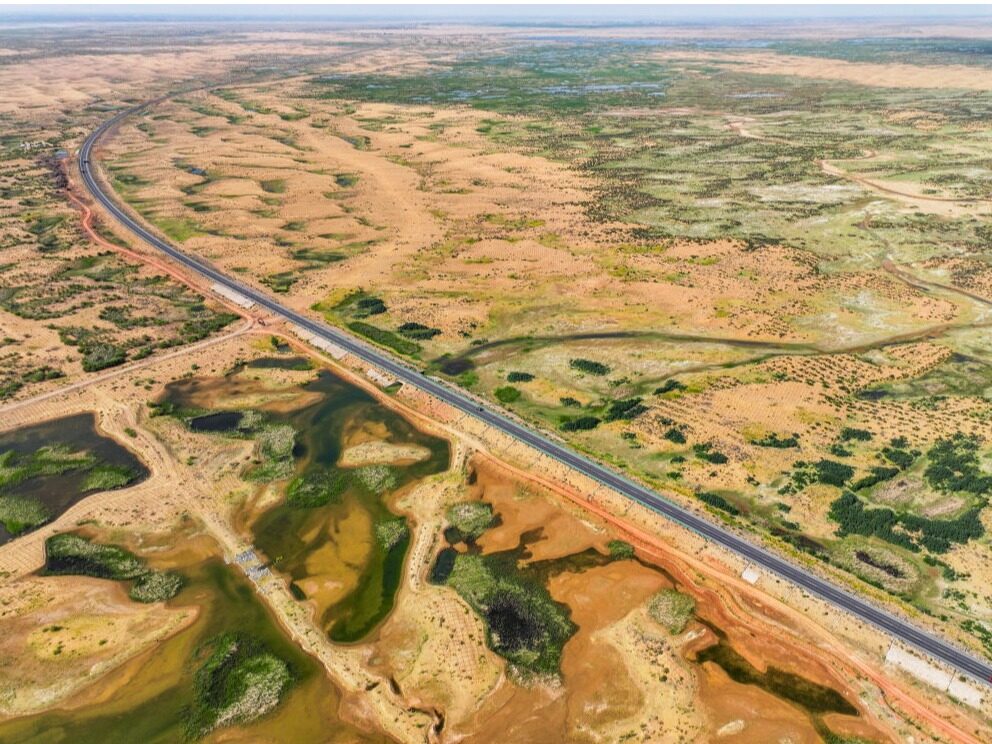
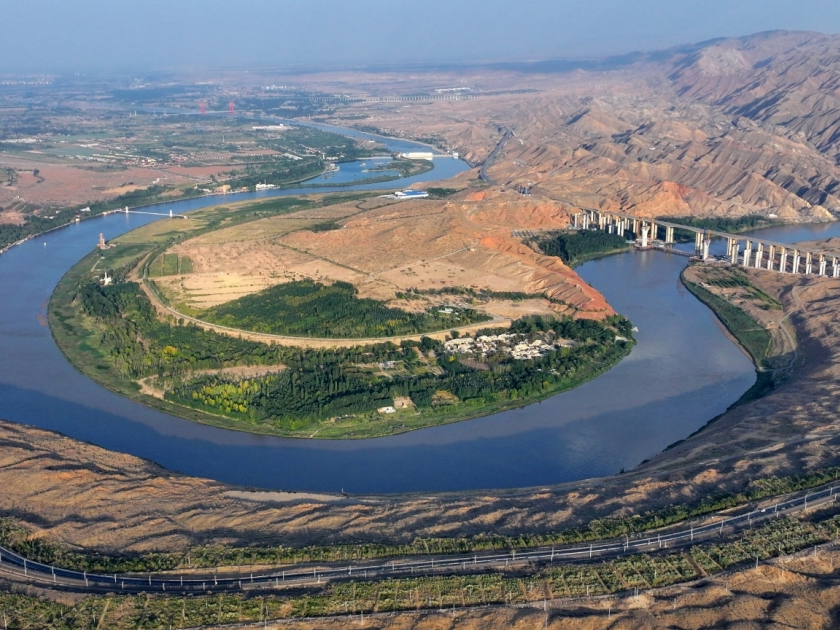


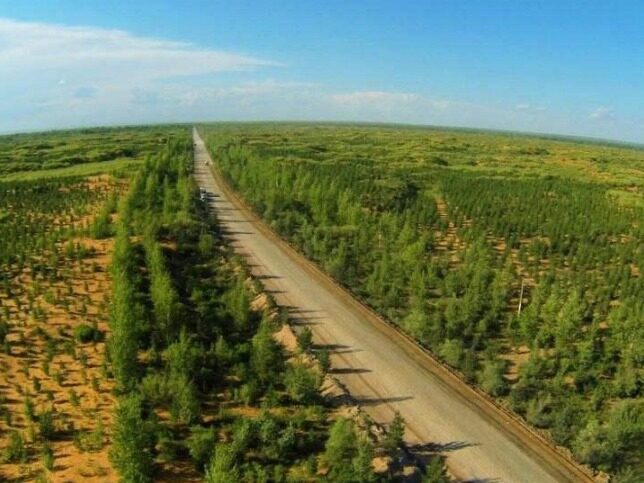







Write something~